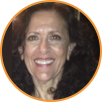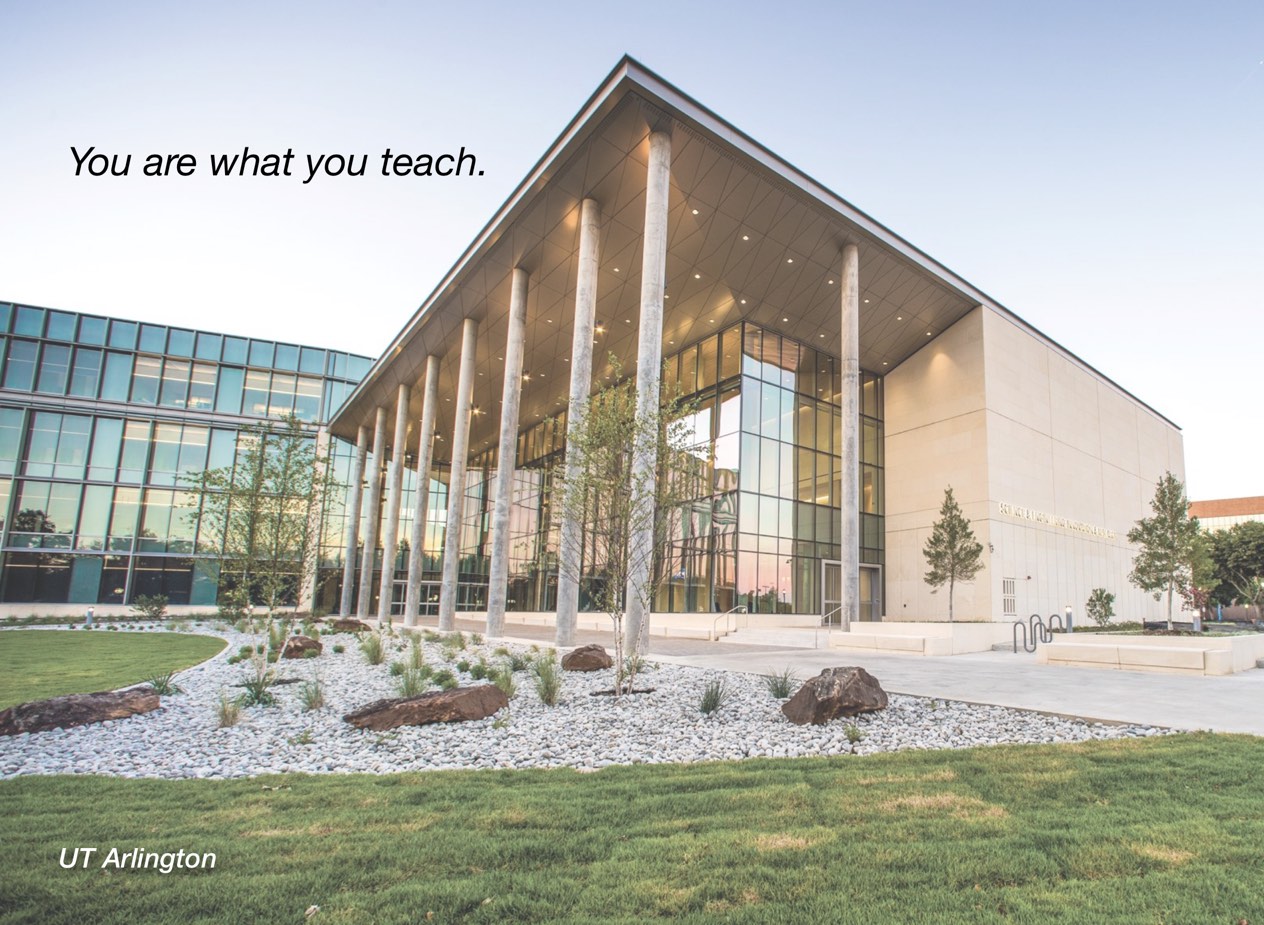44 Teaching Beyond the Classroom


Sophia Andres
Some of the most important teaching takes place beyond the classroom. I have often thought of teaching and learning as the concentric, ever-widening circles that result from a pebble thrown in the calm water of a lake – some rings clearly visible, others barely perceptible. Some of these imperceptible, ever-widening circles, I am convinced, are located outside the classroom. For instance, I take the time to mentor especially strong students by talking to them about graduate school and also by introducing them to the world of academic publishing. On numerous occasions, I have assisted students in publishing their work even while they were pursuing an MA, something my professors never did! At first, I help them discover journals that would potentially be interested in their work and have them read several articles to understand the sophistication and style of the contributors and the type of audience these journals try to reach. Then I go over several drafts of their papers until they are ready for submission. I don’t know who is more excited when that paper is accepted for publication – me or the student. I recently got a message on Facebook from a student who passed her comprehensives in May and got a tenure-track job for the fall. She wrote, “People congratulate me on completing my PhD but they don’t know that I could not have done it without you.” I mentored this student through the MA program and helped her publish two articles. In the second year she was pursuing her MA, and while I was serving as the chair of my department, I decided to do something very unusual. I babysat for her in the evening to enable her to attend one of her MA classes because she could not find a babysitter and was a single parent.
Activities beyond the classroom make enormous demands on our time, already heavily taxed by our teaching, writing, and service and administrative responsibilities. But students’ grateful responses to this additional work can be the most gratifying rewards we receive in our academic careers.Sometimes I identify gaps in students’ knowledge or writing and I form groups to address their needs. I often have them work on each other’s papers to improve their own style and grammar. Taking students on field trips is yet another way to expand their knowledge and have them better understand the connection between the academic and the “real” world. In my case, I take students to galleries to see paintings we have discussed in class. I often tell them that no matter how good an art historian is, she cannot possibly describe the feeling she will experience while standing in front of a painting. And that feeling is one of numerous discoveries they make in art galleries. Last year, I collaborated with an art professor and taught a Maymester course that included a trip to London and Paris. This trip was a life-changing experience for most of the students. Next year I am taking them to southern France and Italy.


Chapter 44 Commentary: Robert Prentice
“This essay by Sophia Andres is one of my favorites in The Little Orange Book. The message it tells is a positive, life-affirming one. It is consistent with her experience, and mine. And, it turns out, it is also consistent with the science which shows that people who go above and beyond to help others – in other words, who act pro-socially – generally better themselves in all sorts of ways and also inspire others, which can have all sorts of positive knock-on effects.
I call to your attention this short video, which is part of a series of ethics education videos in the Ethics Unwrapped program for which I am faculty director.”

